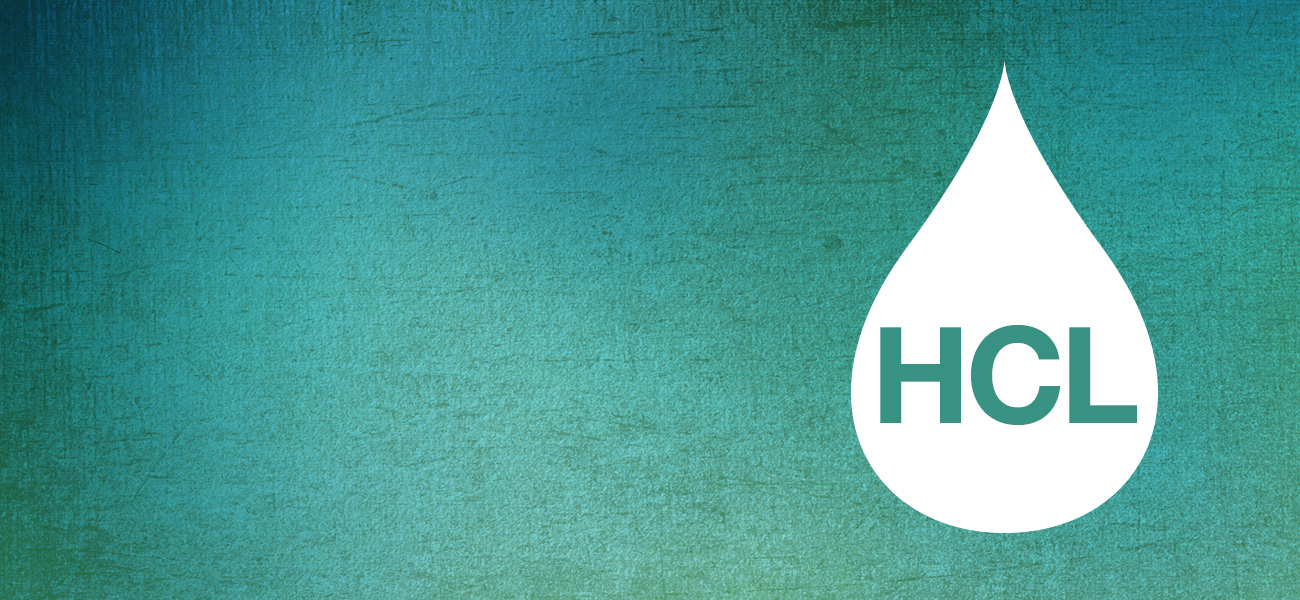Some patients still have leukemia cells in their bone marrow after hairy cell leukemia treatment. This is called refractory leukemia. Some patients have a return of leukemia cells in the marrow and a decrease in normal blood cells after remission. This is called a relapse.
Drug therapy that can be used to treat relapsed or refractory HCL includes:
- Cladribine (Leustatin®)
- Interferon-alfa (Roferon®-A or Intron® A).
- Rituximab (Rituxan®)
For information about the drugs mentioned on this page, visit Drug Listings.
Some other therapies for relapsed or refractory HCL include:
- If you have a significantly enlarged spleen and haven't responded to, or relapsed after, treatment with cladribine, pentostatin, rituximab and BL22,you might have your spleen removed (splenectomy).
- If you don't respond to chemotherapy or other therapies, you might be considered for an allogeneic stem cell transplantation although it comes at high risk. Allogeneic stem cell transplantation involves transferring stem cells from a healthy person (the donor) to the patient. The procedure follows high-intensity chemotherapy and sometimes radiation. It's normally used for only a small number of younger patients who have a matched donor.
- You and your doctor may decide that the best treatment route for you is one being studied in a clinical trial.
Related Links
- Download or order The Leukemia & Lymphoma Society's free booklet, Hairy Cell Leukemia.
